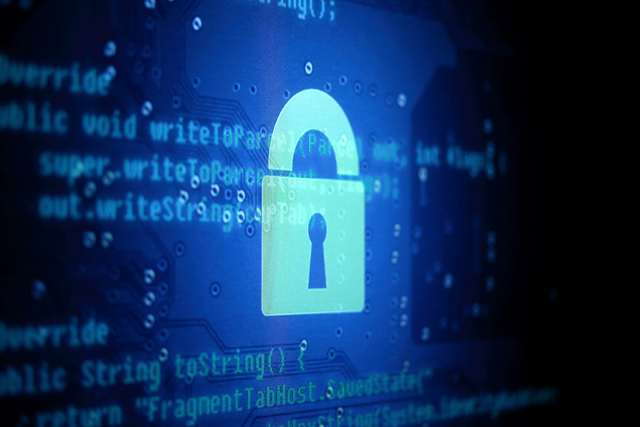Plastic Neutrality: Greenwashing or Genuine Environmental Solution?
Addressing the plastic problem.

In less than 200 years, humans have pumped roughly 8.3 billion metric tonnes of plastic into the world. It’s no secret plastic is clogging our waterways, crowding our landfills, and even clouding our blood in the form of microplastics.
While the historical plastic recycling rate hovers around 10 per cent, eco-conscious brands and individuals are striving to cut out plastic entirely—a Herculean task in the modern world. A new framework promises a provisional solution: plastic neutrality. Brands like Grove Collaborative and No Evil Foods are continuing to use plastic in their packaging while offsetting their “plastic footprint” through organizations that claim to remove an equivalent amount from the environment.
As the number of businesses hawking plastic neutrality grows, consumers are asking unavoidable questions. Do these programs work? Do they encourage waste in wealthy countries while exporting their guilt to the developing world? Shouldn’t we strive for a plastic-free world rather than a plastic-neutral planet?

To test the waters, I signed up with one of the plastic-neutral movement’s biggest organizing bodies, rePurpose. Founded by students at The University of Pennsylvania in 2019, rePurpose has partnered with more than 100 brands and thousands of individuals to remove 7,000 tonnes of plastic waste from the environment annually. After entering my details, I was prompted to answer a number of questions like, “How often do you get food delivered?” and “Do you bring reusable cups for takeout?”
After completing the five-minute plastic footprint quiz, rePurpose determined I produce approximately 42.08 kilograms of plastic waste a year, almost 50 per cent lower than the average American, but close to 300 per cent higher than the average Indian.
For only $1.75 a month, I could completely offset my plastic footprint. I committed to my first month, but questions lingered: should I guiltlessly discard single-use plastic water bottles, Styrofoam takeout trays, and plastic straws? Isn’t this just a variation on carbon colonialism, wherein I pay to push my problems to the global periphery?
According to Peter Wang Hjemdahl, co-founder of rePurpose, rich consumers have an obligation to pay into plastic neutrality systems. “Consumers and brands all over the world offload our collective environmental responsibility to the poorer sections of our society,” he says. “Over 50 million informal workers spend their entire lives dealing with the consequences of our mindless consumption—all without recognition as environmental heroes or access to basic healthcare or education.”
The company plans to use money from rich consumers and businesses to improve the quality of life for these informal workers and clean up the environment in the process. But the opaque nature of global trash collection makes it exceedingly difficult to verify progress.

Third-party verification is one of the issues that has long plagued carbon credits, and the nascent plastic credit market is proving no different. For example, the same credit could be sold to two different parties, or a company could pay to collect plastic that would have been recycled anyway. To address these issues of exclusivity and additionality, a number of third-party verification services are attempting to validate organizations’ claims.
Verra is one of the primary third-party verification systems for voluntary carbon credits, and it recently launched the Verra Plastic Program, which sells verified plastic credits from a number of organizations. Ocean Bound Plastic Certification monitors plastic within 50 kilometres of shorelines to validate its risk of entering the ocean.
For Steve Hardman, chairman of the Plastic Collective, these certifications are sufficient to determine the efficacy of plastic credits. “The Verra Plastic Waste Reduction Standard starts with a set of documents, which runs into the hundreds and hundreds of pages of rules and regulations that a project must work in accordance with before an auditor will come along and check,” Hariman says. “Only once the projects are signed off on, can the credits be produced and sold.”
These regulations extend to other aspects of the plastic collection as well. “You have to be confident that that project is not making an adverse impact on the environment, greenhouse gases, various other things,” Hardman observes. “You also need to be confident there’s no child labor, for example, and that the workplaces are healthy and safe for the participants.”
With corporate partners like Coca-Cola and T.J.Maxx, Plastic Collective is one of the largest plastic recovery institutions on Earth. Despite the big brands’ less-than-sterling environmental record, Hardman believes plastic credits offer a real short-term solution for these polluting entities. Ultimately, their goal is to become “net plastic circular.”

“Net circular means they collect an amount of plastic every year, which is equivalent to the total plastic that they use,” Hardman explains. “They also recycle the same amount and they use the same amount back in their packaging for the future. So they don’t require any additional virgin plastic. That’s sort of the nirvana situation.”
As the Wild West of plastic neutrality formalizes into a more structured system, thoroughly vetted plastic credit schemes may play a part in the eventual elimination of plastic waste. However, given that more than 99 per cent of plastic is made from fossil fuels, it’s hard to imagine how plastic of any kind figures into a future with a stabilized climate and healthy environment.
Few academic studies have tested the efficacy of these plastic trading systems. Until more data becomes available, the best plan of action might be to cut down on plastic waste in your daily life and challenge businesses in your community to go plastic-free before you consider paying a couple of bucks a month to enable plastic-collection projects around the globe.




